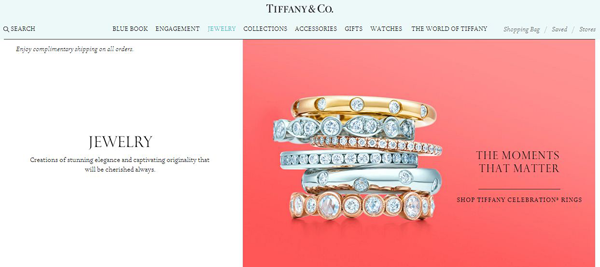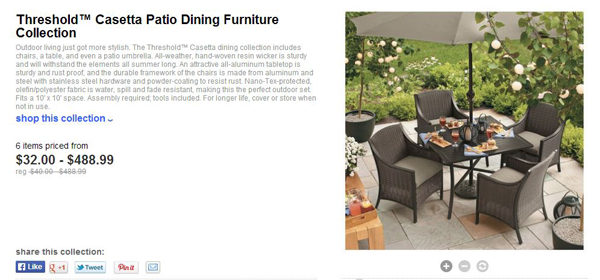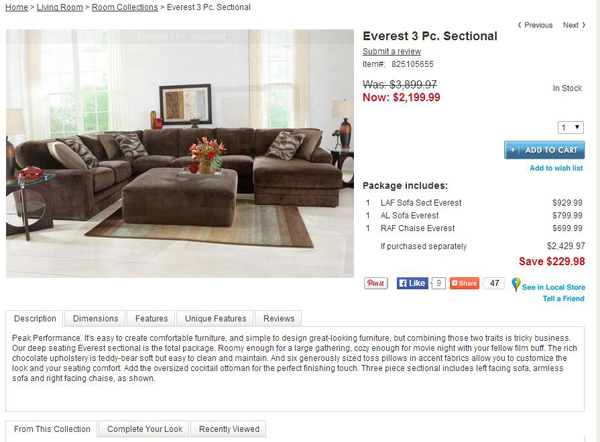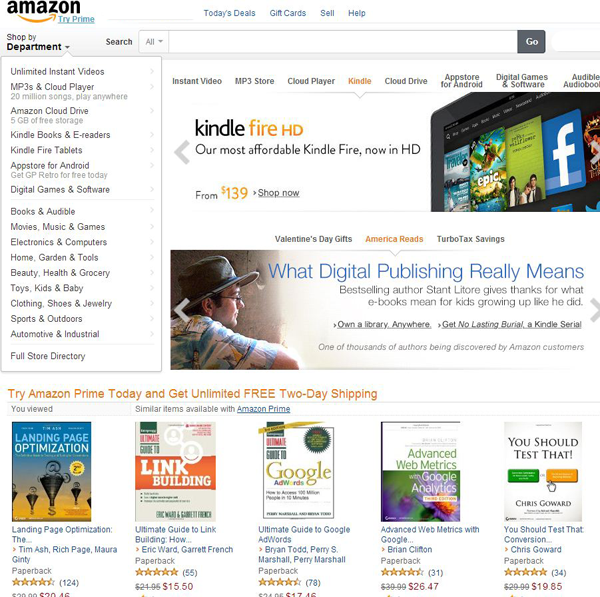5 Ways to Cater to Males AND Females Online

As the saying goes, "men are from Mars and women are from Venus," but still many of us choose to partner with the opposite sex, sharing our lives, our space and our decisions with them for all eternity.
Internet retailers are tasked with recognizing the differences in male and female shopping behavior and catering to their preferences. And, while females typically take on the overwhelming majority of household purchases, there comes a time when both males and females need to (gasp) shop together. Here are five ways to cater to both males and females online.
1. Speak to Both
As a female, there is nothing worse than a company representative - whether it be a car salesman, a store associate or a service provider - belittling women by only addressing a man's concerns, only looking into their eyes or, worse, playing into stereotypes or chauvinism. Online, it's equally important to make both a male and female feel involved in the sales experience by not excluding either in website copy. Tiffany.com, for example, could fall into a trap that buying fine jewelry, accessories or home decor has clear male-females lines, but, instead, they keep website copy gender neutral and only split up the sexes with navigational elements like "gifts for her" or "gifts for him."

2. Include Social Sharing
The ability to share information is key to catering to males and females online. If a male-female couple is making a purchasing decision together, for instance, a retailer may not know how far along one is in the process as opposed to the other. One partner may be ready to buy, while the other hasn't even heard of the item yet. Including social sharing features (like email this, save to a wishlist or share on Facebook) can help one person educate the other on the product and move them both closer toward purchase (like Target does in the example below).

3. Help them Visualize
Like any big-ticket product that may require multiple decision-makers, it's a good practice to show buyers how the items would look in a specific setting, similar to the Target example above. By bundling items together, merchants can not only get shoppers to want an item more, but they can also increase average order values (AOVs) with the "complete your look" type up-selling. In the example below, the RoomPlace gives a discount when items are bought in a package rather than a la cart.

4. Be Responsive
Responsive Web design has quickly become the most touted approach to developing a site today (although the majority of retailers don't implement it). For couples who are purchasing an item together, in particular, it may be the only way, as one partner may be researching items via their desktop computer, while the other could be on an iPad or smartphone. Merchants should make sure they are having the same experience like the one Nixon.com provides on all devices (screenshot taken from AmIResponsive).

5. Get Personal
Like mentioned before, couples who are shopping together are typically buying items that either cost a lot or will have an impact on both of their lives, like furniture, appliances, gadgets, etc. These are also items that have longer purchasing cycles, meaning they get bought every few years or so. That said, men and women don't want to log on to a retailers' site after purchasing X, Y or Z and see the same the same item promoted to them. Instead, retailers can leverage technology like Monetate, HubSpot or ExactTarget to deliver relevant messages, like items that would compliment their last purchase like Amazon does in the screenshot below.


Subscribe to Our Newsletter!
Latest in Marketing









